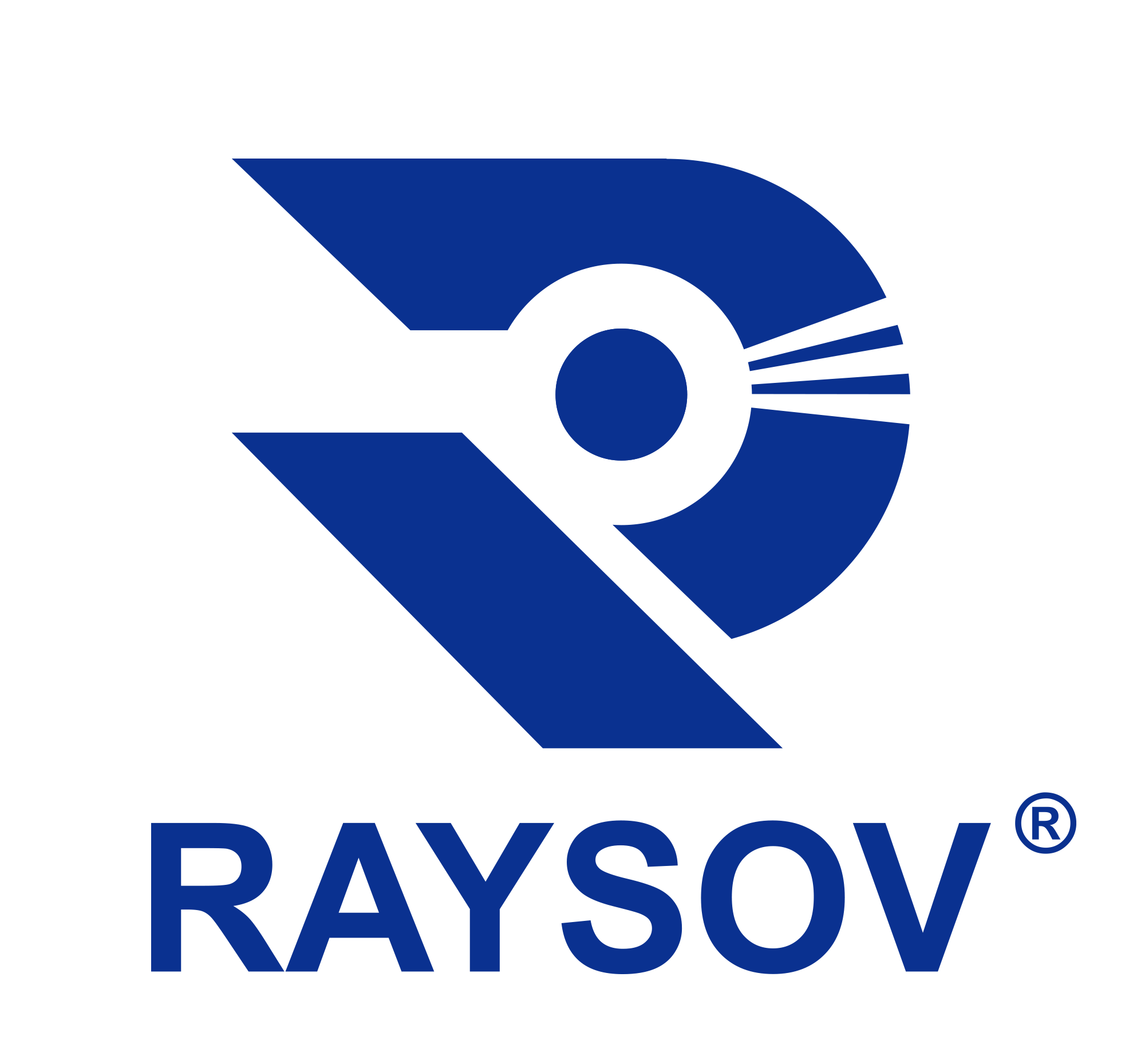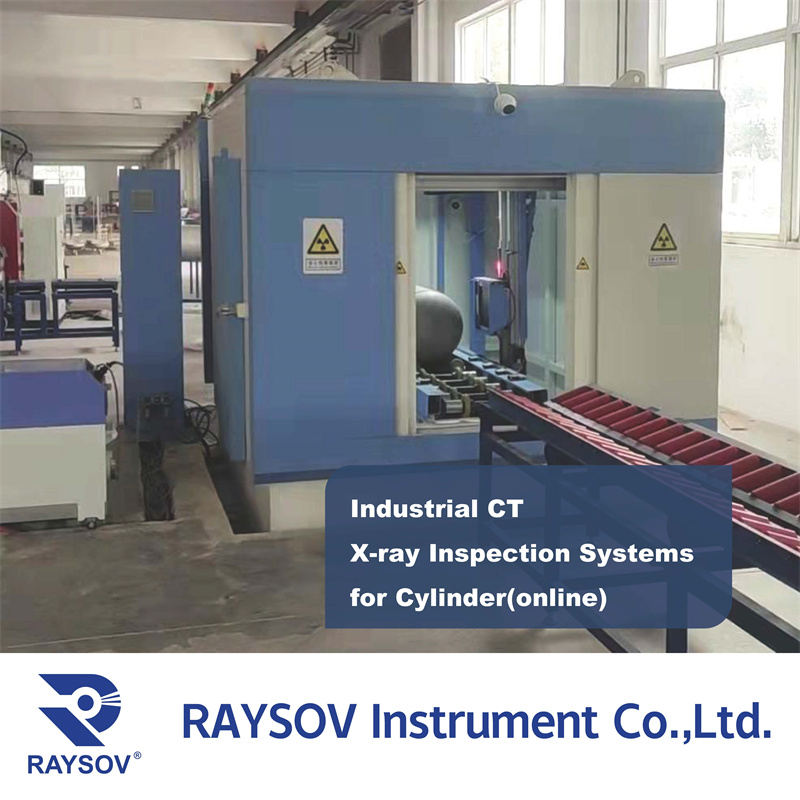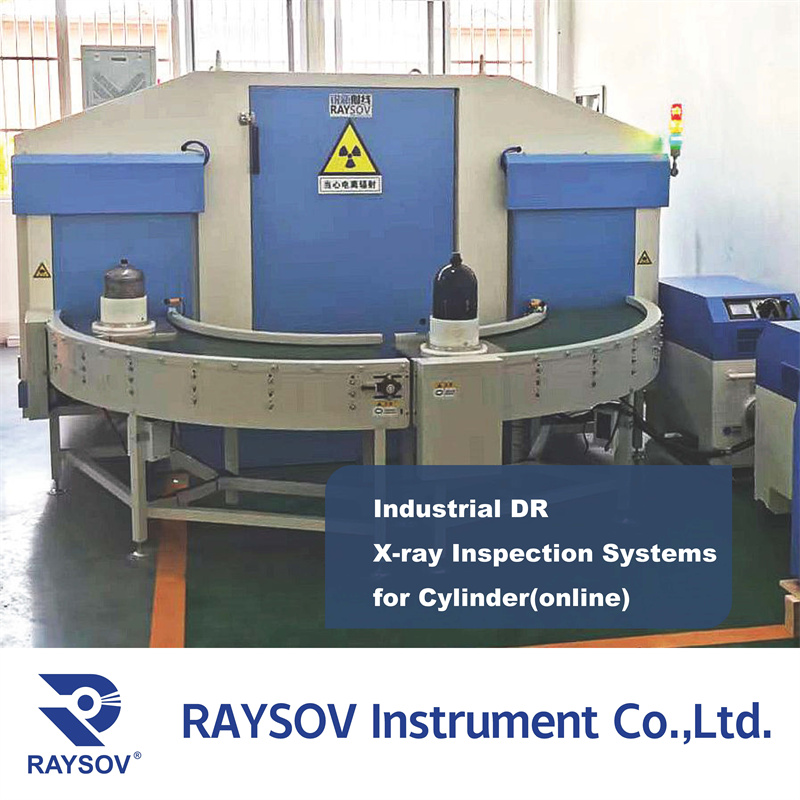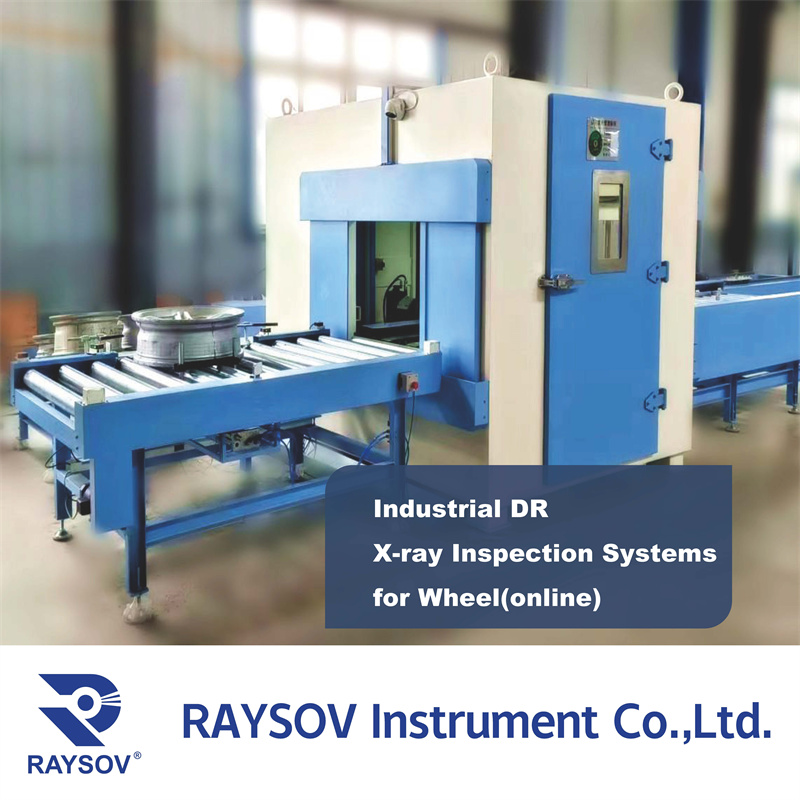Inline X-ray Inspection Systems
ZXFlaseeI Digital X-ray System in assembly line
Description
RAYSOV ZXFlaseeI Digital X-ray System in assembly line is suitable for non-destructive testing of standard parts, obtaining high-quality specimen images, visually presenting internal defects such as pores, shrinkage holes, porosity, shrinkage porosity, slag inclusion, etc., assiting the quality control in multiple industry.
Features
Use HFHV generator,strong penetrating power and stable X-ray dose.Use wide range HD Flat-panel detector,high image sensitivity
Anti-arc,extend X-ray tube lifespan,keep the systems safe,reliable and durable
High-level automation,automatic transport test object, automatic positioning to detection area,optional ADR function,improve detection efficiency
Raylion image processing software,powerful filtering functionone click,clear image quality,easy operate,one click inspection report
Strong structure,beautiful appearance,high-level protection, leakage dose <1μSv/h@30cm from lead room
Modular design,easy maintenance,system log can store fault message and self-diagnosis,reduce downtime costs
Composition
The system is mainly composed of seven modules, such as:
1. high frequency and high voltage(HFHV)X-ray source,
2. high resolution digital flat panel detector,
3. computer digital image processing system,
4. mechanical transmission system,
5. electrical control system,
6. monitoring system,
7. protective lead room.
All systems are designed to comply with the latest international radiation safety standards.
Application
Inline X-ray inspection systems are used in various industries for the non-destructive testing and evaluation of products, components, and materials. These systems use X-rays to penetrate objects and capture images of their internal structures, enabling inspectors to identify defects, anomalies, and potential safety issues. Here are some examples of how inline X-ray inspection systems are used in different industries:
Electronics Manufacturing:
In the electronics manufacturing industry, inline X-ray inspection systems are used to examine printed circuit boards (PCBs) and electronic components for defects such as missing or misaligned parts, soldering issues, and internal damage. This ensures the quality and reliability of electronic devices.
Automotive Manufacturing:
The automotive industry employs inline X-ray inspection systems to check the integrity of critical components such as engines, transmission systems, and safety-related parts. This helps to ensure that these components meet performance and safety standards.
Aerospace Manufacturing:
Aerospace manufacturers use inline X-ray inspection systems to examine aircraft components, such as turbine engines, landing gear, and structural elements, for defects that could compromise safety or performance.
Food and Beverage Industry:
In the food and beverage industry, inline X-ray inspection systems are used for foreign object detection and quality control in packaged products. They can identify contaminants such as metal, glass, or stone, ensuring consumer safety and preventing product recalls.
Pharmaceutical Manufacturing:
Pharmaceutical companies use inline X-ray inspection systems to verify the correct packaging of tablets and capsules, as well as to detect any foreign objects that may have been introduced during production.
Medical Device Manufacturing:
Medical device manufacturers use inline X-ray inspection systems to ensure the quality and safety of their products, which must meet strict regulatory requirements. The systems are used to inspect implants, surgical instruments, and other devices for defects and proper assembly.
Energy Industry:
In the energy sector, inline X-ray inspection systems are used to examine critical infrastructure such as pipelines, pressure vessels, and nuclear components for signs of wear, corrosion, or damage that could lead to leaks or failures.
Metals and Welding Industry:
The metals and welding industry uses inline X-ray inspection systems to evaluate the quality of welds in various materials, ensuring that they meet strength and durability requirements.
Composites Manufacturing:
Composite materials are inspected using inline X-ray systems to identify any defects in the layers of material, such as voids or delamination, which can affect the structural integrity of the final product.
Inline X-ray inspection systems play a crucial role in ensuring the safety, quality, and reliability of products across many different industries by providing real-time, high-resolution images of the internal structure of objects during production process.




